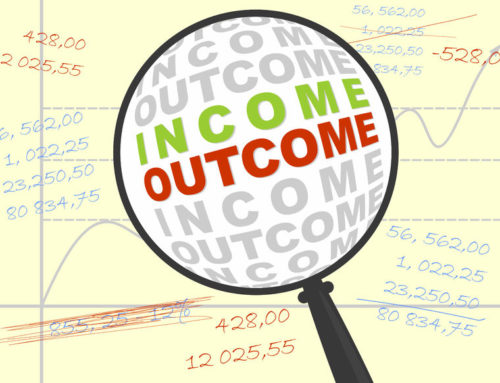When executives or owners speak with me, it’s usually because it is broken. Sales are lagging, some even holding on by a thread. So many companies are suffering in the interior design industry and they are desperately looking for the fix. They’ve tried everything, but nothing has proven to consistently increase business! I know that’s why they really love the idea behind this program. And can you tell me who doesn’t want to increase sales, even those top performers?
But this resistance to change leads many leaders stuck between choosing to disrupt the current way of doing things (even if they KNOW it will improve results) or leaving things status quo and getting the same results which, at the time, may just appear easier.
Even if these resistors are top performers (which many times isn’t really true – we’ll talk about that in a second) and the others are not, the entire company still suffers. You can’t rely on one person to get you the championship team.
But another question is, are they REALLY top performers? Many times just the definition of a top performer is misinterpreted. People who have yearly sales totals that happen to be higher than everyone else’s may not really be top performers. What metrics are you using? Are they doing better than others in the organization? If others are under-performing, how is that a top performer?
A true metric of top performers is their sales must be consistent and ongoing. Top performers out-perform every month. They MAKE sales happen.
So by actually looking at the sales data, using concrete definitions, pointing this out and how the buy-in will improve their outcome is one way to fight resistance and get them motivated.
As a leader of a sales team, it’s incumbent for you to point out not only the facts but put forth a vision for your sales team. “The job of a manager is to help people cross the bridge — to get them comfortable, to get them using it, and to help them understand how it makes their lives better” according to an article in Harvard Business Review.
Also, according to the same article, “lack of urgency” and poor communication about the strategic benefits of new tools” lead to employees being skeptical of anything new”. “Employees need to understand why this is an improvement from what they had (or were doing) before they implement anything new”,
Are they meeting their monthly sales goals? Just because they are out-performing their fellow salespeople does not mean anything if their sales goals are transactional. This can be pointed out and how the new system will alleviate that and result in them making more money.
Appeal to their ego. They are ambassadors to the other sales associates. They are the “elder statesman/woman.”
They need to be leaders too.
Salespeople look up to, are informed by and many times want to emulate top performers. If they are not ambassadors, the other sales people may not want to embrace this either.
So by using real data and pointing out areas of improvement can really turn on those sales people and top performers to embrace change instead of digging their heels in. And as the sales leader, it’s up to you to help them see the way.





